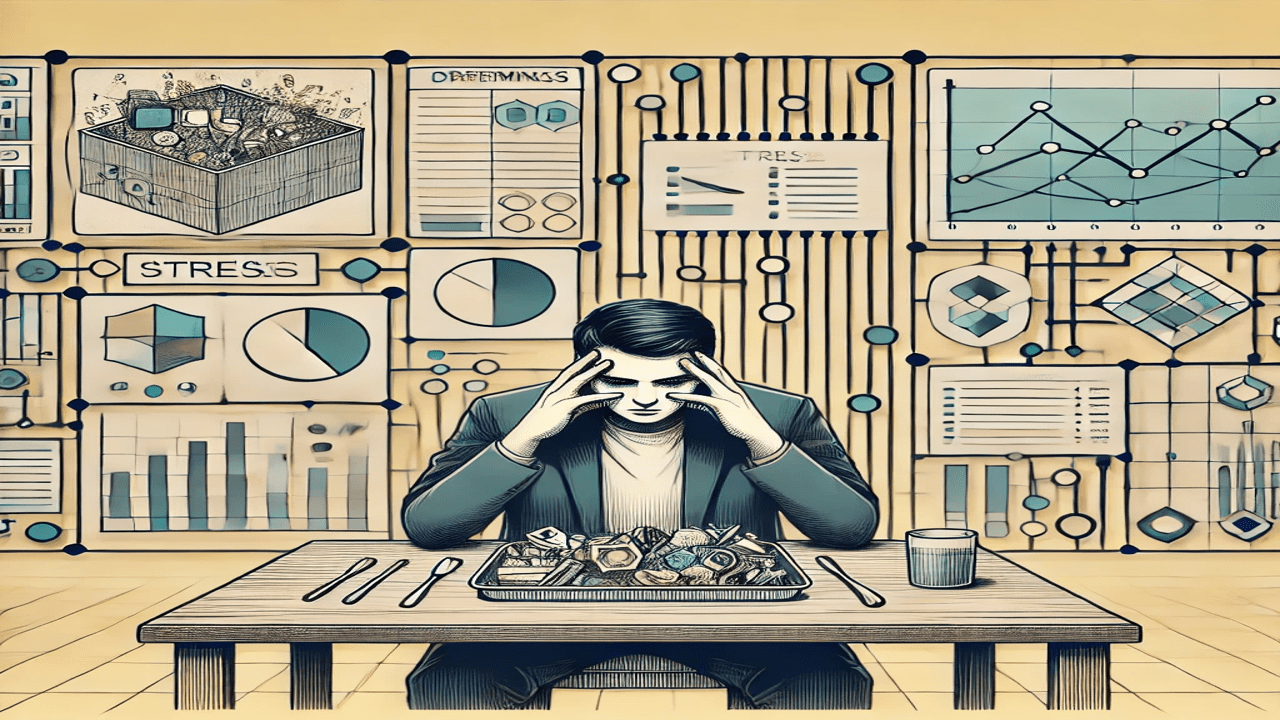Discussions surrounding autism and eating disorders are starting to gain much-needed attention amongst medical professionals, but as anyone living with either of these conditions knows, they’re complex, deeply misunderstood, and often poorly addressed by conventional treatment systems. That’s where understanding the neurodiverse lens can be truly life-changing, and where we start exploring how the intertwining of autism and eating disorders reveals much more than what the standard diagnostic boxes offer.
Understanding Autism Beyond the Stereotypes
When most people hear “autism,” images of Rain Man or Sheldon Cooper might come to mind—brilliant with numbers, socially awkward, perhaps even emotionally disconnected. But this is a limiting and inaccurate portrayal. Autism is a spectrum disorder, meaning it presents differently in every individual. Some may struggle with social communication, while others may not; some might display repetitive behaviours, and others might be less rigid. The commonality among all, however, is a differently wired brain that perceives and interacts with the world uniquely.
One important thing to note is that autism is not a “disorder” in the sense that something is “wrong” with someone. It’s a different way of experiencing the world, often referred to as neurodiversity. The neurodiversity movement argues that autism is not something to be cured but understood, respected, and accommodated. And here’s where it intersects with mental health, specifically eating disorders.
Autism and Eating Disorders: The Hidden Link
Eating disorders are some of the most misunderstood mental health conditions, often reduced to “wanting to be thin” or “obsessing over body image.” But for many, especially those on the autism spectrum, eating disorders have little to do with societal pressures about appearance. Instead, the driving forces are often control, routine, sensory sensitivities, or the desire to manage overwhelming emotions.
Autistic people often experience the world in ways that feel chaotic or overwhelming. To cope, they may develop strict routines, and for some, these routines involve food. Controlling food intake can become a way of bringing order to a world that often feels out of control. For others, sensory sensitivities can make eating certain textures, tastes, or smells unbearable, leading to extreme food restrictions.
In fact, research shows that people with autism are far more likely to develop eating disorders than neurotypical individuals. A study published in the *Journal of Autism and Developmental Disorders* found that nearly 23% of people with eating disorders were also on the autism spectrum, compared to about 1-2% of the general population. Moreover, many of these individuals may never get diagnosed with autism, as the focus often remains solely on the eating disorder, particularly in traditional treatment settings.
Why Traditional Eating Disorder Treatment Fails Autistic Individuals
The standard approach to eating disorder treatment often includes therapies like Cognitive Behavioral Therapy (CBT) and Dialectical Behavioral Therapy (DBT), which are designed to help individuals challenge and change unhealthy thoughts and behaviors. While these therapies can be beneficial for some, they often fall short for autistic individuals. Why? Because they are based on the assumption that the eating disorder is rooted in cognitive distortions about body image or food, and that talk therapy alone can resolve these issues.
But for autistic people, the eating disorder behaviors might not stem from body image concerns at all.
Livia Sara, an autism advocate and eating disorder survivor, shared her perspective on my podcast, Fly To Freedom. “My eating disorder wasn’t about wanting to lose weight. It was about having control, structure, and purpose in a world that felt overwhelming.” For her, the traditional treatments not only failed to address the root cause but added trauma by invalidating her experiences and labeling her “resistant” or “non-compliant.”
To listen to this podcast episode, click the image above
Autistic people may also struggle with the sensory and environmental demands of inpatient treatment programs. Loud noises, unfamiliar foods, and new routines can create even more stress, making the recovery process feel like another form of trauma. When treatment centers don’t consider these sensory sensitivities or the unique needs of autistic patients, they risk doing more harm than good.
The Role of Polyvagal Theory: Managing the Nervous System
A key piece of the puzzle in understanding autism and eating disorders lies in the body’s nervous system. The polyvagal theory, developed by neuroscientist Stephen Porges, provides a framework for understanding how the nervous system responds to stress and trauma, particularly for people who are neurodiverse.
According to the theory, our autonomic nervous system has three basic states: fight-or-flight, freeze, and social engagement. When the body perceives danger, it shifts into fight-or-flight mode—anxiety, panic, and hypervigilance arise. For many autistic individuals, this hypervigilant state is almost constant due to their heightened sensitivity to stimuli. This can lead to an overwhelming need to control one’s environment, including food intake, to create a sense of safety.
For someone recovering from an eating disorder, understanding the role the nervous system plays can be transformative. Recovery isn’t just about refeeding the body; it’s about healing the nervous system and finding ways to feel safe in the world again. In her coaching work, Livia emphasizes the importance of nervous system regulation, incorporating techniques from the polyvagal theory to help her clients find peace and freedom from disordered eating.
Numbers and Control: The Autistic Drive for Order
A key feature in both autism and eating disorders is the obsession with numbers. Whether it’s calories, weight, steps, or time spent exercising, numbers provide a sense of order and predictability. This can be incredibly comforting for someone who feels like their world is chaotic or unpredictable.
In the context of autism, this need for order can manifest long before any eating disorder behaviors begin. Many autistic individuals, including Livia, recall counting steps, breaths, or objects around them from a very young age. When this innate need for order and control meets societal messages about dieting, health, and fitness, it can spiral into a full-blown eating disorder.
Recovery from this requires more than just breaking the habit of counting. It involves finding new, healthy ways to create structure and predictability without relying on disordered behaviors. For some, this might mean developing new routines or engaging in activities that provide a sense of control in a positive way.
Embracing Neurodiversity in Eating Disorder Recovery
So, how do we create a recovery model that works for autistic individuals? First and foremost, it requires a shift in mindset. Instead of viewing autism as a barrier to recovery, we need to see it as a different way of being that can offer its own strengths. Autistic traits like attention to detail, persistence, and a strong sense of justice can be powerful tools in the recovery process—if they’re understood and supported.
Livia advocates for an approach that embraces neurodiversity, teaching her clients how to use their autistic traits to their advantage. Instead of trying to “fix” what makes them different, she helps them learn how to harness their unique way of thinking to build a life of freedom and authenticity.
Final Thoughts: The Path to True Freedom
At the heart of this journey is the idea of freedom—the freedom to be fully yourself, free from the constraints of societal expectations, disordered eating, or a world that doesn’t always understand you. Whether you’re autistic, struggling with an eating disorder, or both, recovery is about finding peace within yourself, not conforming to a standard that doesn’t fit.
In the words of Livia, “The true freedom lies in embracing who you are, not in trying to change it.”
As awareness grows, so too will the possibilities for treatment that truly addresses the unique needs of neurodiverse individuals. Until then, sharing stories, breaking down stereotypes, and learning from each other’s experiences is one of the most powerful tools we have.
And for anyone out there struggling, know this: you’re not alone, and recovery—true, authentic recovery—is possible.
You can contact Livia using any of the links below:
Website: https://www.livlabelfree.com
Books Website: https://www.livlabelfreebooks.com
Instagram: https://www.instagram.com/livlabelfree/
Podcast: https://www.livlabelfree.com/podcasts/liv-label-free-autism-and-eating-disorder-recovery
You can also reach out directly to me for support in coping with your eating disorder.
If you’d like me to help you through your recovery, with proper, effective, science backed techniques and everything you need to create a better life, free from your eating disorder, reach out to me and take that 1st step. Oh, and this part is free of charge by the way!


